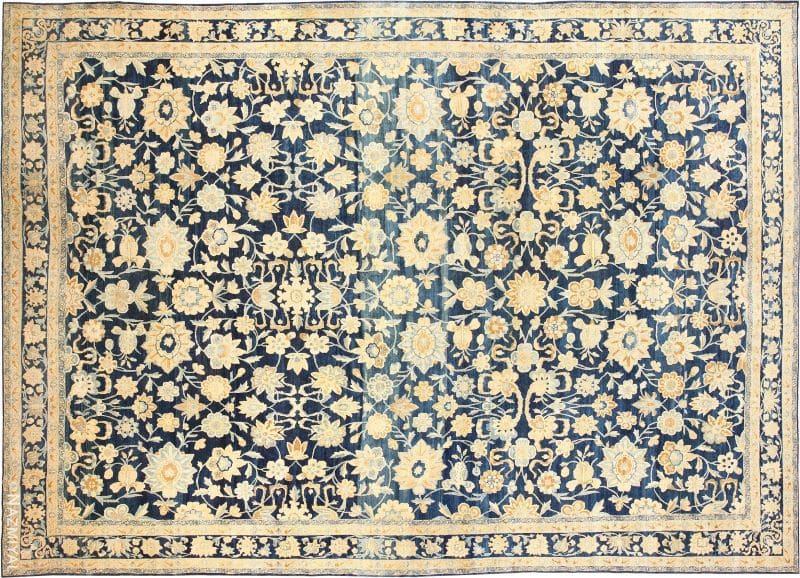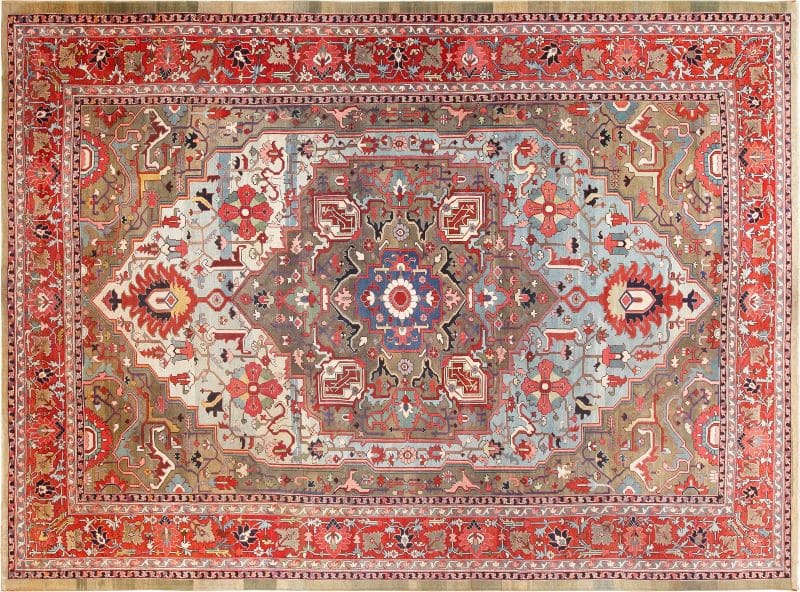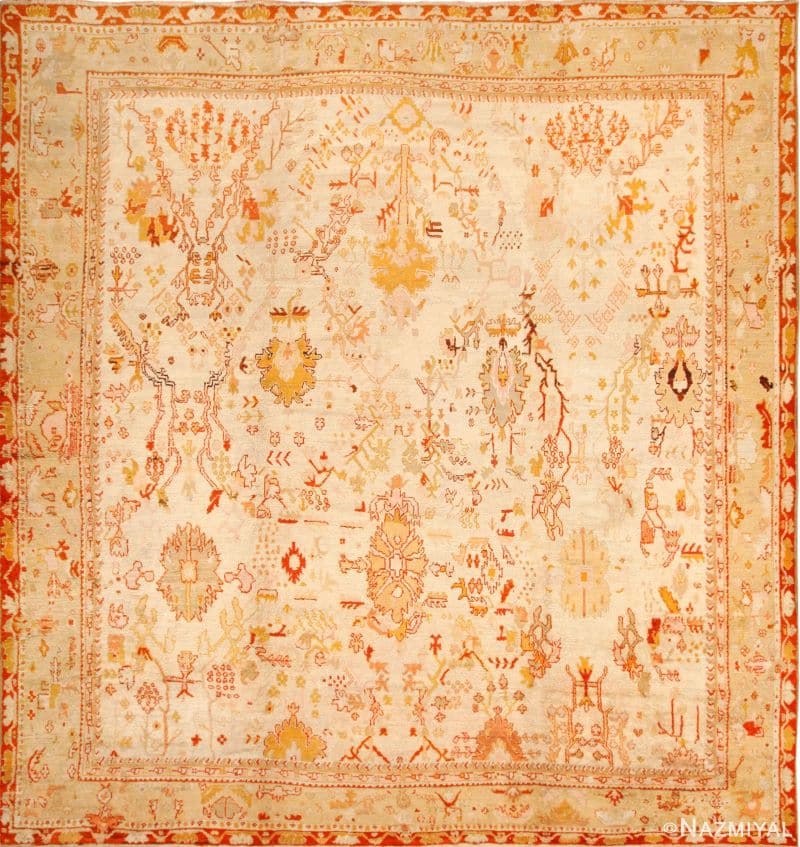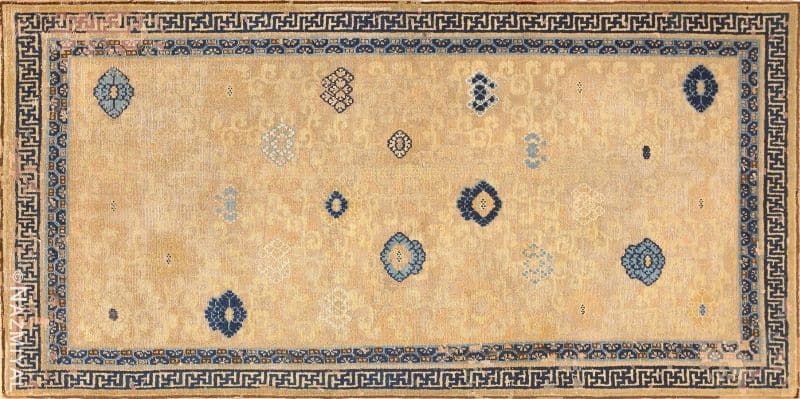How Can Rugs Be Contemporary Antiques?
Lets begin with defining what the word “contemporary” means in art
The word “contemporary”, when used in the art world, basically means that it is art of today. Contemporary art is art that was created around or after the second half of the 20th century.
What are rugs that are antique but considered contemporary?
When we talk about a contemporary antique rug, we are basically saying that the rug, while antique in terms of its age, looks and feels far more modern. For example, those timeless, beautiful rugs that are over 100 years old but feel as if they were made for today and are similar to the trends of today.
More about older rugs that could be viewed as contemporary antiques
When contemplating the state of fine art since the twentieth century, one does not typically analyze the impact and relevance of antique (and modern) rugs. Although paintings and sculptures are the dominant media of the avant-garde, it is seldom acknowledged that rugs represent a marriage of the two; or a meeting place between object and image. In this article, we will discuss how art, specifically rugs, can be considered contemporary antiques.
The substantial and diversity of the antique rug both conceptually and formally adhere to contemporary practices in fine arts since the abstract expressionists of the 1950’s.
The abstract expressionist school, based on the beliefs of art critic Clement Greenberg, believed in painting as a practice and not an attempt to create an illusion of space. These painters were primarily concerned with treating the painting as a surface rather than a window to another world, and they shifted the scale of painting from small pieces to large canvases (usually bigger than a grown man). One of the better-known artists of this time, Mark Rothko, was primarily concerned with the impact of color and texture on the viewer.
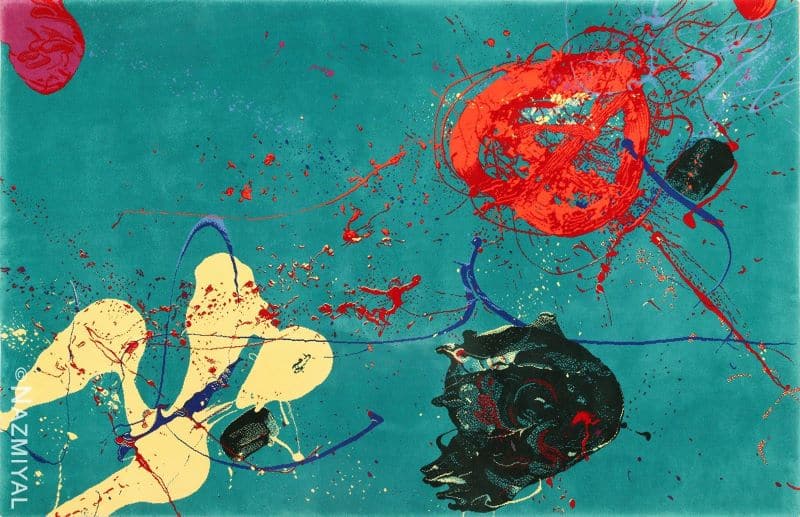
An example of an abstract expressionist rug by Sam Francis.
This idea translates easily to the antique or modern rug. Rothko felt that a large field of color and texture would cause the viewer of a work to be completely submissive to feeling that color. This is similar to the feeling one can get from placing different colored rugs in a room. For example, a bright red rug would dramatically affect the atmosphere of a room while a neutral rug would be more calming.
Robert Rauschenberg was a well known artist who signaled the transition in painting from abstract expressionism to pop art. His paintings were said to be like a workbench by critic Leo Steinberg due to their lack of designated orientation and lack of space. Steinberg asserted that this flatbed picture plane (a term which is also the title of his essay on the subject) signified a shift in art from subject matter to a tangible, habitual living space or culture.
This idea easily is applied to rugs in the manner that a rug is not only an object that is aesthetically sophisticated, but it is also a space that is intended to be lived in. Much like Rauschenberg used his workbench-esque paintings in order to organize his thoughts and culture, designers use rugs with other objects in a room to organize the living patterns and thoughts of those who occupy the space.
More recently, artists which are commonly referred to as being post modern, such as Cindy Sherman or Barbara Kruger, strive to analyze what already exists culturally by using photographs and familiar imagery. This practice allows those who experience the work to not only appreciate the visual impact, but also to contemplate the origin and history of these familiar images. This idea is directly related to the creation, ownership, and lifespan of an antique rug. The complete visual aesthetic (pattern, color, design, size, and origin) of an antique rug is directly related to the time and place in which it was made.
As these rugs and carpets get older, they not only appreciate value monetarily, they also gain value from the people who have owned them and from the experience of being lived on. When a person buys an antique rug, they do not only want to identify with a beautiful example of craftsmanship and design, but also with the history and intrigue of owning something that existed before them, and will exist after them. This is what makes rugs contemporary antiques.
Take a look at some of our handpicked favorites of contemporary antique rugs:
This rug blog about rugs as contemporary antiques was published by Nazmiyal Antique Rug Gallery in NYC.

